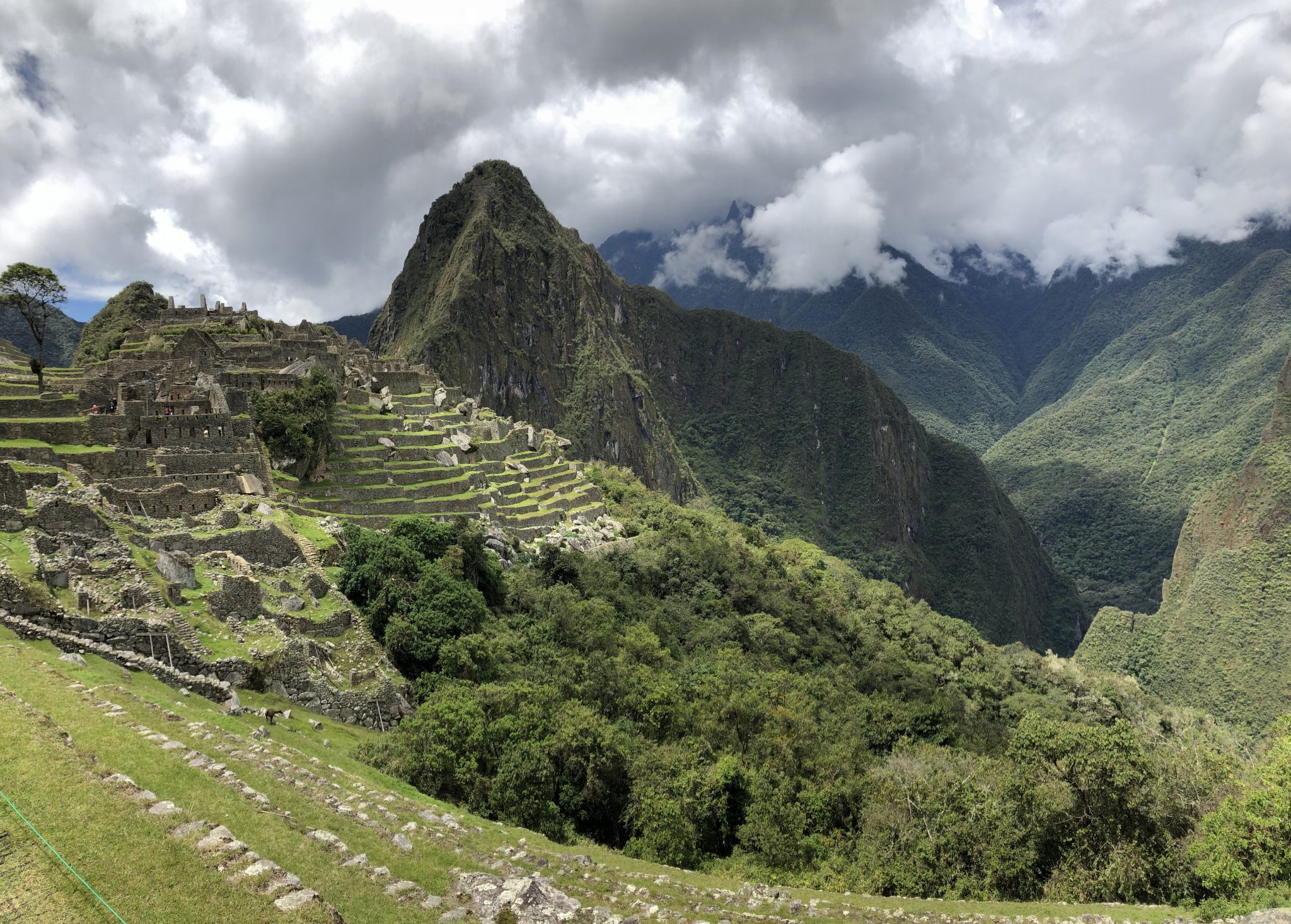Peru’s Challenge to Build Tourism Outside the Shadows of Machu Picchu

Skift Take
Peru has done a lot in terms of diversifying its tourism industry, but a stronger emphasis on a unified vision for tourism is still needed. If governments don’t start prioritizing tourism — which has far-reaching impacts on other industries, the environment, and the lives of locals — we’re going to lose critical parts of history that help explain who we are and how we got here.
When you think of Peru, you probably think of the same thing that I do — Machu Picchu.
I try to always “live like a local” when I travel, but this is one bucket list item I share with everyone. Four million people visited Peru in 2017; approximately one-third of those people (1.3 million) visited the 15th-century Inca citadel. That comes out to an average of about 3,600 people crawling all over Machu Picchu every day.
Machu Picchu continues to win awards for being the best tourist attraction in the world. A study by PromPeru, the tourism promotion agency of the Ministry of Foreign Trade and Tourism of Peru, confirmed Machu Picchu is the main reason people visit the country. But you probably could have guessed that.
Source: Adios Adventure Travel, “Top 100 City Destinations Ranking WTM London 2017 Edition” by Euromonitor International, Banco Central de Reserva del Perú, Peru Instituto Nacional de Estadística e Informática
The Peruvian government has been working to diversify its tourism industry, perhaps in response to UNESCO threatening to put Machu Picchu on the “List of World Heritage in Danger” and perhaps recognizing for the first time that its country has a lot to offer the world. Peru, in fact, has everything a traveler could be looking for — the Amazon rainforest, the Andes mountains, incredible archeological mysteries, deserts, beaches, delicious cuisine, and, of course, pisco sours.
“At the national level, I believe the Ministry of Tourism is working well to diversify the type of tourism we have in Peru. Through Marca Perú [an initiative to promote the purchase of products made in Peru] and other initiatives, Perú is starting to be recognized as a destination for not only Machu Picchu, but also nature and adventure, [and] food and sports tourism,” the Jhong Chung family, founder of Waranqu BnB, commented. “[But] despite the Ministry’s initiative to promote tourism and its diversification, these efforts and investments are not taken on by the regional and local governments.”
My Skift take after spending three weeks in Peru? The government has clearly taken steps to limit overcrowding at Machu Picchu and allowed for the development of a beautiful foodie scene in Lima. But the country has a long way to go in terms of developing better infrastructure, supporting other regions of the country where tourism is growing, and having a clear vision for the tourism industry moving forward. Nevertheless, I r
